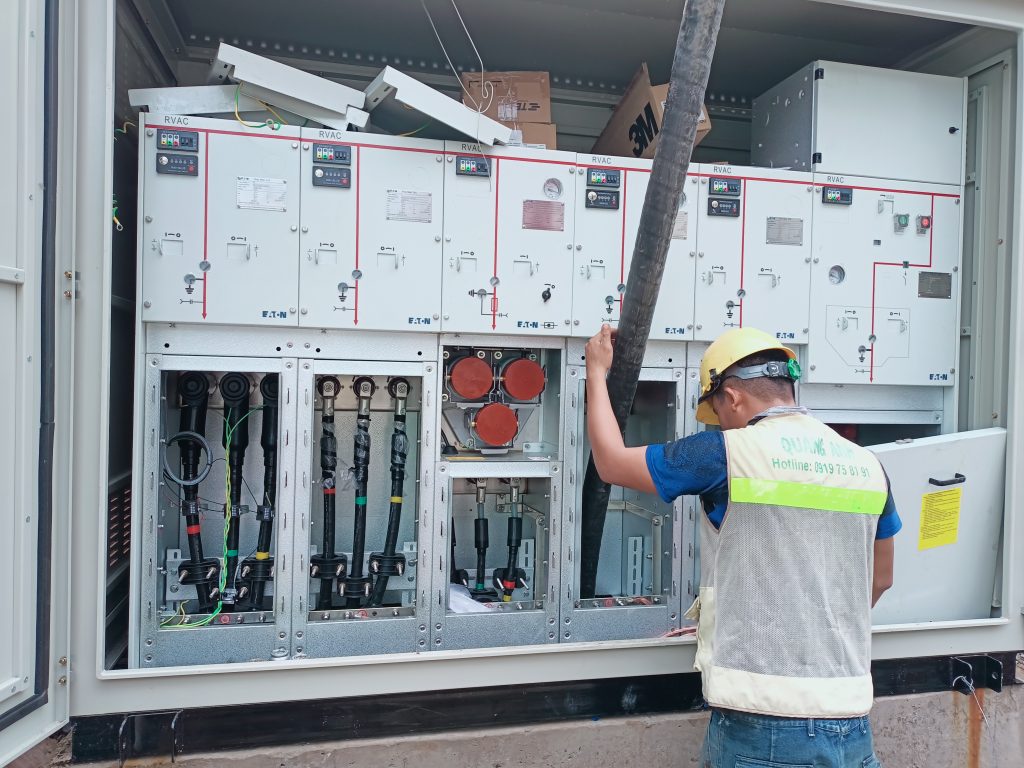News
Fire Protection System for Electric Vehicle Charging Stations: Principles and Technical Standards
The fire protection system for electric vehicle charging stations includes solutions and equipment to prevent and promptly handle potential fire and explosion incidents, based on current Vietnamese technical regulations and standards.
Fire Prevention and Fire Spread Control Solutions
Fire prevention and spread control play a crucial role in the fire protection system for electric vehicle charging stations. The charging station area must have an effective fire spread prevention system. Smoke extractor devices must ensure fire resistance as per QCVN 06:2021/BXD standards and compatibility with the actual burning temperature of electric vehicles and charging stations.
Preventing and controlling fire spread is among the most critical factors in ensuring the safety of modern buildings and infrastructure in Vietnam. This system not only protects assets but also helps safeguard human life by providing the necessary time for evacuation and extinguishing the fire.
1. Common Fireproof Materials
- Flame-resistant and Flame-retardant Materials: Using construction materials such as concrete, fire-resistant bricks, and load-carrying steel pipes helps effectively prevent heat conduction and limit fire spread.
- PU Foam Insulation: Polyurethane Foam is an effective insulation material that seals gaps between technical details to prevent smoke and fire from quickly spreading through small gaps.
- Fireproof Paint: Paint containing fireproof components helps protect construction materials like metal, concrete, and wood from excessive heat.
- Fire Spread Retardant Adhesive: Adhesive with high thermal insulation, easy to construct, suitable for metal materials, electrical cables, and effective against fire spread through walls and floors.
- Expanding Fire Blockage Devices: Use devices such as 3M™ Firestop to prevent fire, smoke, and toxic gases from spreading through floor and wall penetrations.
2. Technical Solutions for Fire Spread Control
- Preventing Fire Spread Through Floors and Walls: Use devices like collar tubes and stuffing materials at cable and technical duct positions to ensure no gaps for smoke and fire.
- Compliance with Fire Safety Standards: Apply the provisions of QCVN Standards to ensure the use of effective fire prevention materials and methods.
- Safe Construction and Installation with No Gaps: Ensure secure installation, fully covering gaps to prevent fire propagation.
3. Factors to Consider When Choosing Fire Spread Control Solutions
- Material Quality and Durability: Choose materials like PU Foam and Takani panels with high durability and effectiveness.
- Heat and Fire Resistance: Materials must ensure resistance to high temperatures for a sufficient duration to ensure safe evacuation.
- Easy Construction, Maintenance, and Cost-effectiveness: Fire spread retardant adhesive is a popular choice due to easy construction and maintenance.
- Ability to Prevent Smoke and Toxic Gases: Ensure chosen methods effectively prevent smoke to provide maximum safety.
4. Summary of Fire Spread Control Solution Benefits
- Extends fire development time, limits fire and smoke spread.
- Facilitates safe evacuation and fire-fighting efforts.
- Reduces the risk of fire spreading to other areas of the building.
- Protects building structures and reduces asset damage.
Fire prevention and spread control solutions are an integral part of protecting modern buildings, ensuring safety and minimizing damage in the event of a fire.
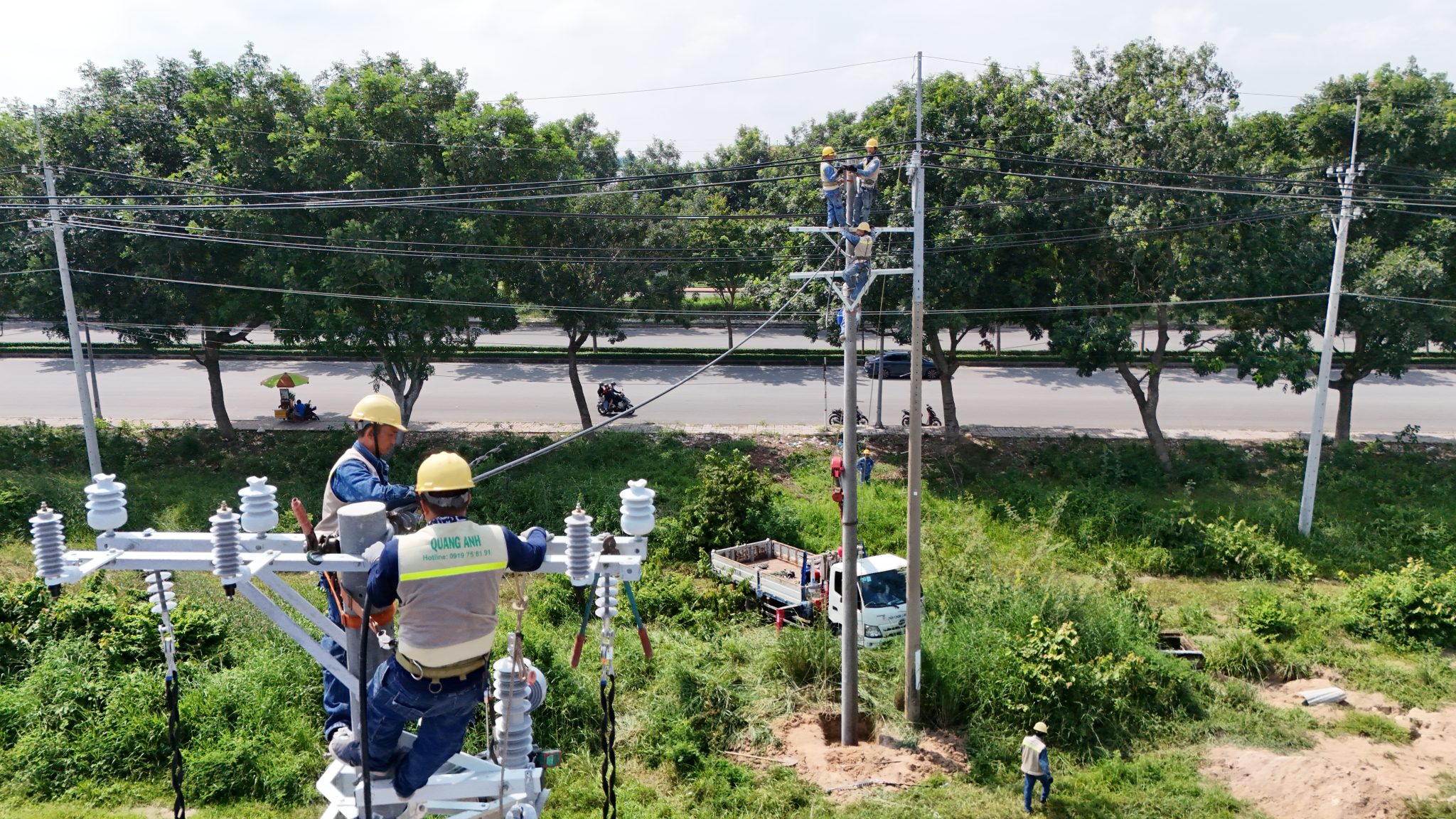
Firefighting Equipment Requirements
The equipment of firefighting means is an essential requirement to ensure safety at charging stations. According to TCVN 3890:2009, portable fire extinguishers and fire-fighting carts must be placed directly at the charging station area to promptly handle any potential incidents.
Equipping firefighting means is one of the urgent requirements to ensure safety for facilities and charging stations according to TCVN 3890 standards. Specifically, motorized fire-fighting equipment must have technical characteristics suitable for each type of facility, such as fire trucks, firefighting vessels, and handheld fire pumps. These devices must strictly comply with national PCCC regulations, such as TCVN 12110, ensuring optimal functionality.
Critical facilities like warehouses, airports, seaports, and industrial zones are required to equip these means not only based on national standards TCVN 13316 but also meeting appropriate international standards. This means facilities must have a minimum number of facilities, clearly specified in legal appendices.
For basic fire prevention and rescue forces, PCCC regulations require a specific list of means, from portable fire extinguishers to cart-mounted firefighting equipment. These devices are decided by the head of the facility or competent authority and must ensure suitability with both budget and the specific operation and production characteristics of the facility. This decision needs based on current regulations to maintain the highest fire prevention and explosion safety.
In summary, besides complying with national and international standards, managers must regularly inspect and upgrade firefighting equipment at their facilities to ensure effectiveness when incidents occur. This not only protects assets but also protects the safety of human life at workplaces and daily living spaces.
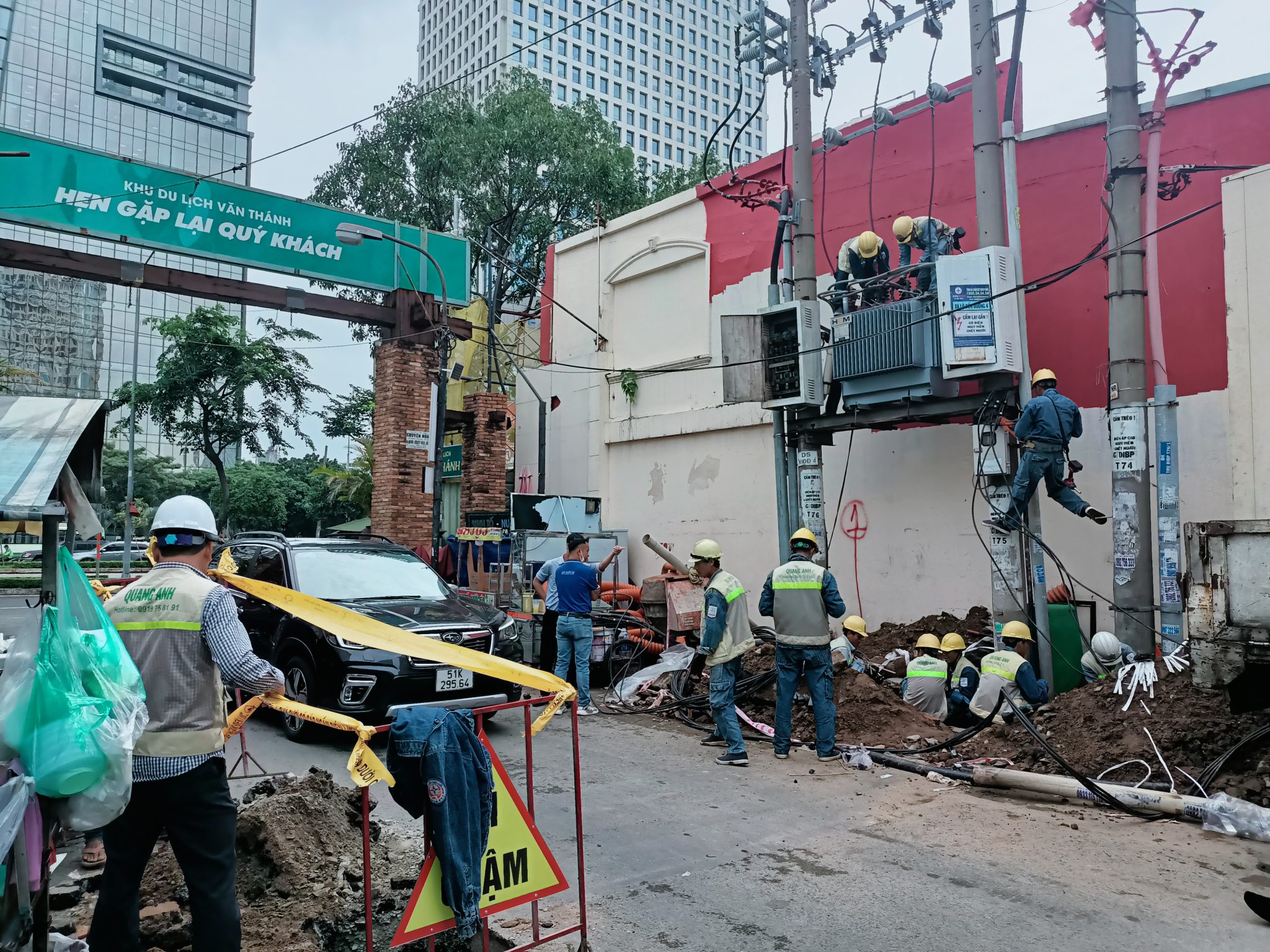
Automatic Fire Extinguishing System
In garages or structures with sprinkler systems, integration for electric vehicle charging stations must form a separate group with a centrally controlled overflow valve. The overflow valve activates only after receiving signals from the fire alarm system and confirming full power disconnection to avoid the risk of electric shock or explosion.
The automatic fire extinguishing system is part of an important safety system, helping to detect and extinguish fires automatically without direct human intervention. This is an effective solution to prevent the spread of fires in industrial zones, office buildings, or residential areas.
One of the important components of this system is Fire detection sensors, which timely detect fire signs, including temperature sensors, smoke detectors, and motion sensors. When a fire situation is detected, the system will send signals to the control center to alarm and activate Sprinkler systems or other fire-fighting equipment.
Sprinkler systems operate automatically, spraying water when the ambient temperature reaches a certain activation threshold. The nozzles are connected to a constantly pressurized pipeline network maintained by pumps and pressure switches, ensuring continuous and effective fire extinguishing. Additionally, after each activation, maintenance and inspection are necessary to keep the system ready for subsequent situations.
Another Automatic fire suppression device is the fireball, which operates based on ambient temperature. When the temperature reaches about 60-64 degrees Celsius, the ball activates and sprays fire extinguishing powder, helping to put out fires within close range.
The system also integrates an auto-dangerous source cut-off function, preventing power or devices with fire/explosive potential while sending emergency notifications to the fire department or business management for timely handling measures. Moreover, these systems often have Fire safety equipment to ensure a smooth process from detection to extinguishing.
The comprehensive operation principle of the automatic fire extinguishing system not only stops at activating the extinguishing device but also requires synchronous cooperation between different parts, thanks to Fire alarm systems connecting data and directing precise operation.
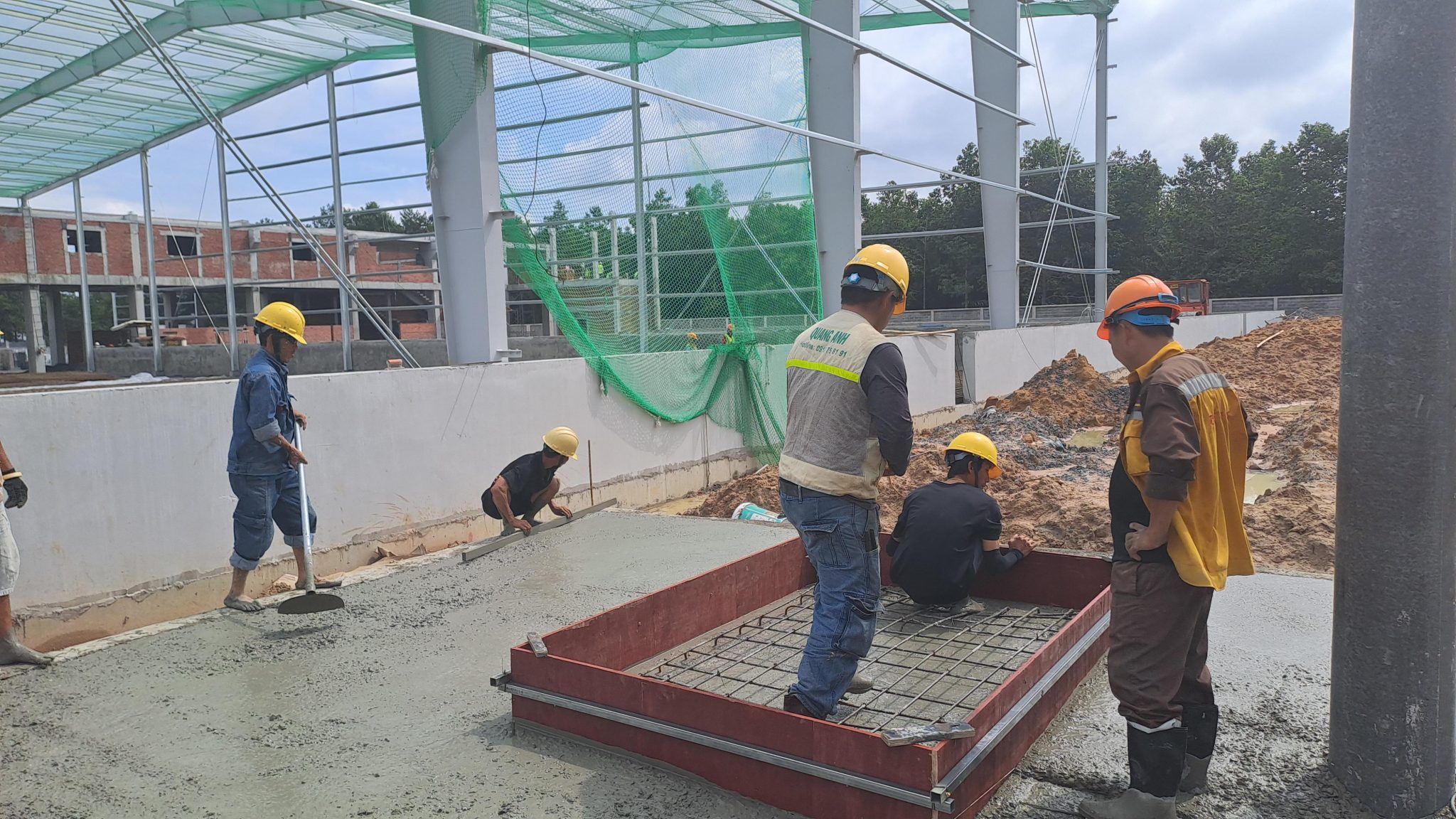
Power Cut Off Requirements
Power cut-off is a key factor in the electric vehicle fire protection system. Emergency cut-off switches must be capable of both manual and automatic disconnection upon receiving signals from the fire alarm system. The switch should be located near the charging station, within a 15-meter radius, with clear labels and instructions to ensure easy operation when incidents occur.
Power cut-off plays a significant role in electric safety management and efficient electrical system operation in Vietnam. This ensures safety for workers and keeps the electrical system running efficiently, minimizing accident and damage risks.
Lockout/Tagout (LOTO) – Conducting Safe Power Disconnection
When performing a power cut-off for maintenance or repair, technicians must carry out the electric safety Lockout/Tagout (LOTO) procedure. This essential measure ensures no electricity returns before work completion, preventing unintended accidents. Each worker uses a personal lock so that only they can restore power after ensuring safety.
Legislation on Power Cut-Off Situations
- Non-emergency stop, reduction: According to regulations, the power supplier must notify at least 5 days in advance via mass media.
- Emergency stop, reduction: In emergencies like incidents or safety threats, electricity can be cut off immediately but reasons and timeframe for power restoration must be communicated within 24 hours.
Power Cut-Off Procedures
Power disconnection requires strict adherence to procedures:
- Notify customers at least 5 days before implementation.
- Clearly identify reasons, scope, and estimated power restoration time.
- Record all operations in the operational log for transparency.
- Continuously update information for the power purchaser.
- Coordinate closely between parties to restore power quickly.
Safety Requirements When Disconnecting Power
When cutting power, power must not be restored unless inspections clearly confirm safety. Labels indicating the person responsible, the timing, and reasons for power disconnection must be affixed. If unable to cut power at the main point, a secondary power cut off can be used to ensure electric safety.
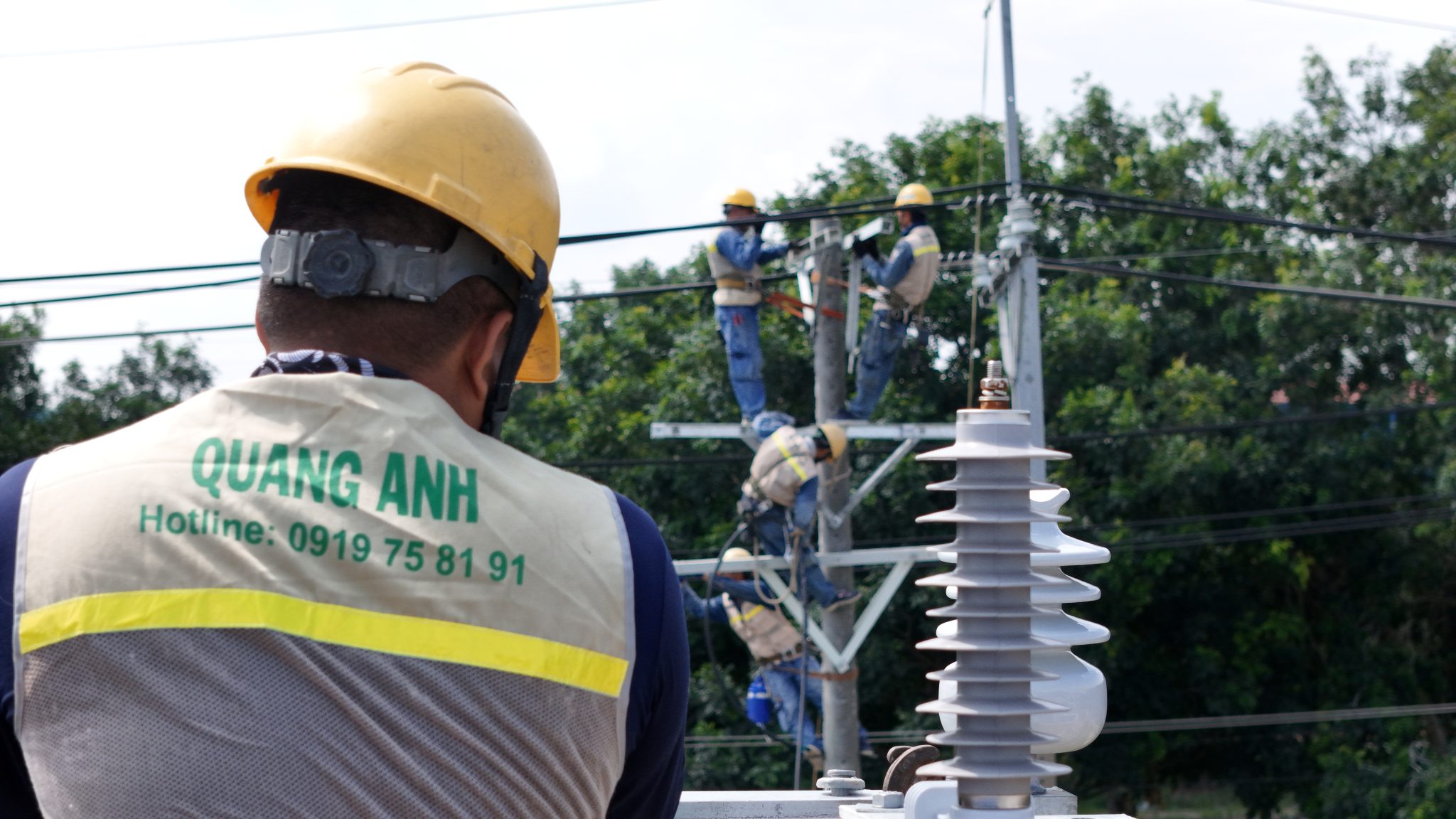
Smoke and Smoke Evacuation in Energy Systems
Solutions for smoke prevention and evacuation are designed to match fire temperature and efficiently circulate air. This helps reduce smoke inhalation risk and supports quick and effective firefighting efforts.
Smoke Extraction System in Fire Safety Hallways
In buildings, the smoke extraction system in fire safety hallways plays an important role in keeping escape spaces free from smoke during a fire. The main structure of this system includes exhaust fans, fireproof air ducts, smoke intake and exhaust ports, along with fire and one-way air valves. When a fire is detected by sensors, the exhaust fan is activated, channeling smoke out through fireproof tinned ducts, installed from the roof to the first floor. Thus, the evacuation environment becomes safer for escaping individuals.
Industrial Smoke Extraction System
Industrial smoke extraction systems are commonly seen in restaurant kitchens and large food processing areas where a lot of smoke and hot gases are generated. The structure of the system includes a machine casing, a duct system, a filter grid, an exhaust fan, signal lights, and control buttons. Smoke and hot gases pass through the filter, trapping dirt and grease, ensuring a safe working environment and protecting workers’ health. The function of this system not only prevents grease build-up causing explosions but also maintains ventilation for the kitchen.
High-Pressure Smoke Exhaust System
To protect escape routes, the high-pressure smoke exhaust system is deployed with the aim of maintaining stairwell pressure higher than hallway pressure. High-pressure fans push clean air into staircases, blocking smoke and toxic gases from intrusion. Automatic doors enhance safety by allowing people inside to easily exit during a fire.
Smoke and smoke evacuation not only help control fire smoke but also play a crucial role in the fire safety plans for facilities. These systems focus on ensuring that smoke is quickly and effectively removed, maintaining safety for people and protecting assets.
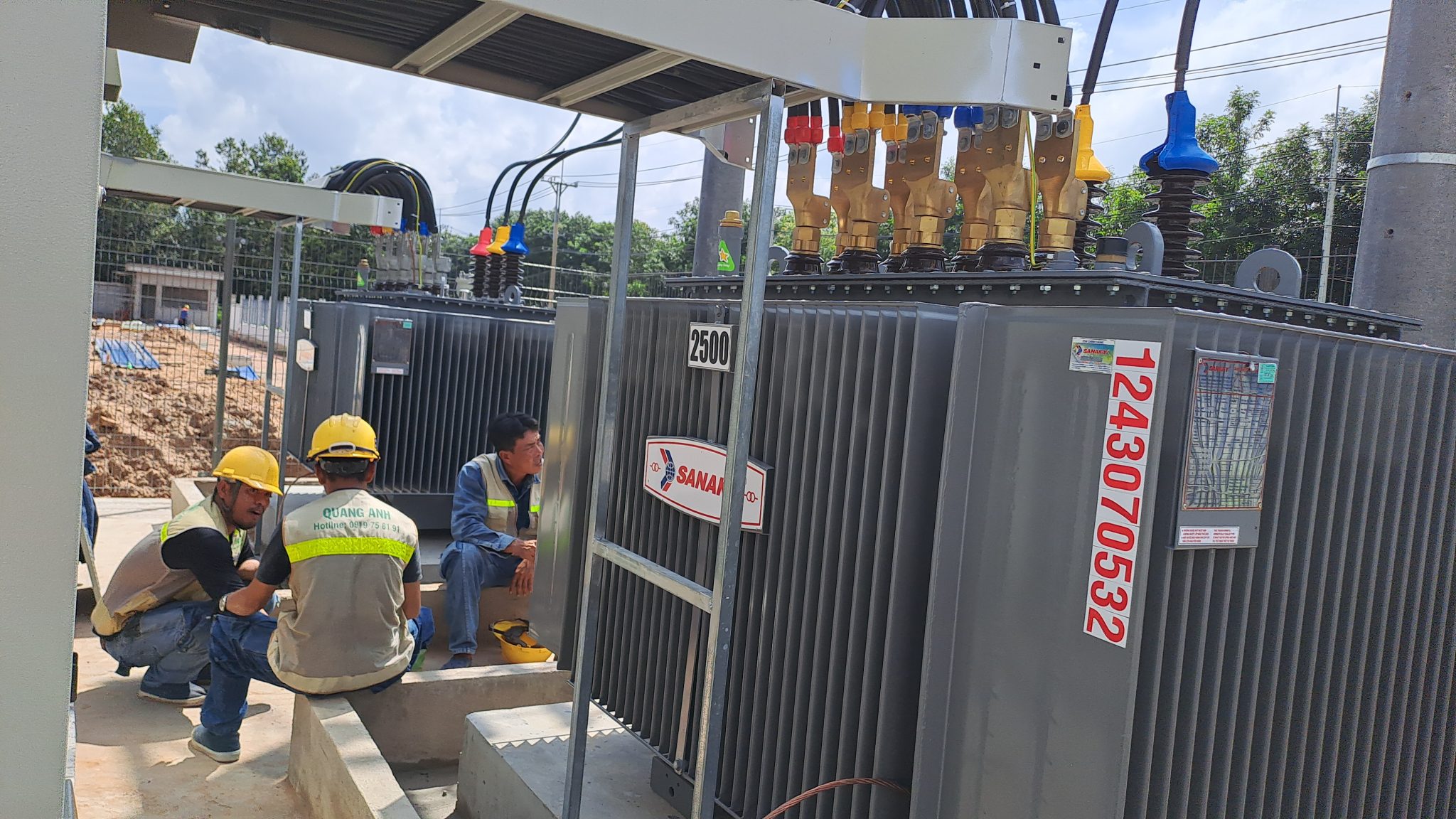
Building a fire protection system for electric vehicle charging stations not only meets fire and explosion safety requirements but also protects investment resources and promotes sustainable development in the industry. Integrating advanced technical solutions and strictly complying with technical standards help maximize investment benefits and enhance operational reliability.
Contact QuangAnhcons via hotline: +84 9 1975 8191 for fire protection solutions for your electric vehicle charging stations.
QuangAnhcons provides comprehensive fire protection solutions for electric vehicle charging stations, optimizing technical technology with strict adherence to safety and legal standards.

 Tiếng Việt
Tiếng Việt 简体中文
简体中文 Deutsch
Deutsch 日本語
日本語 한국어
한국어 ไทย
ไทย Русский
Русский Français
Français
